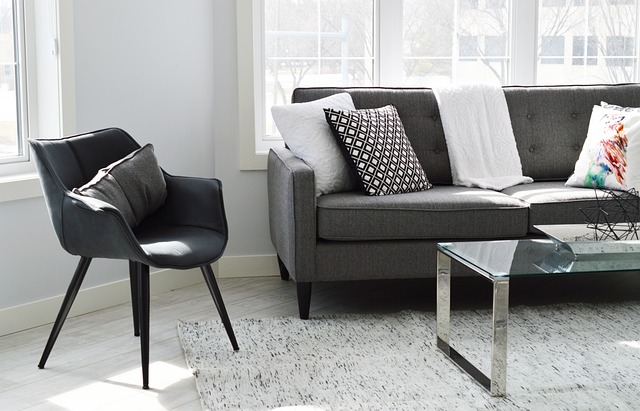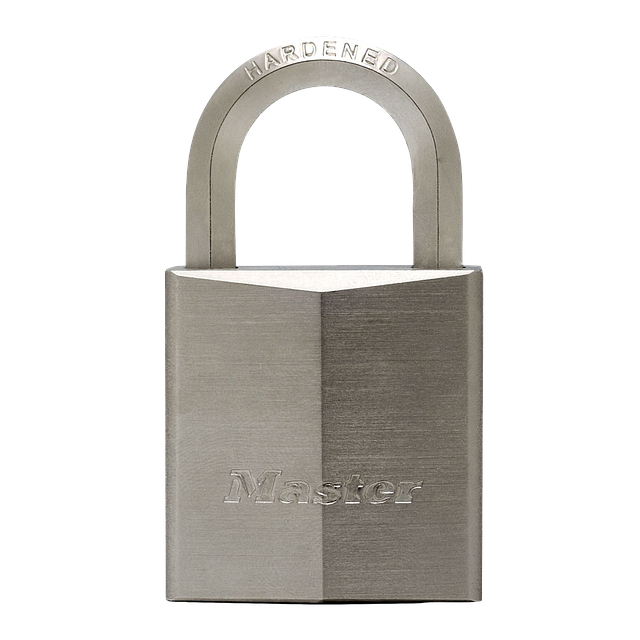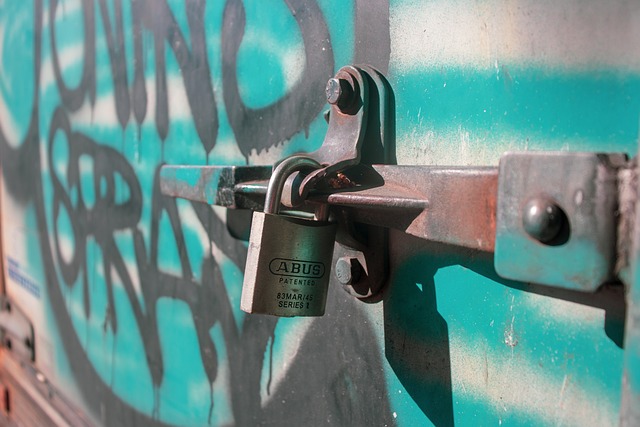Wireless DIY apartment alarm systems offer flexible and user-friendly home security solutions with easy installation, no complex wiring required. High-quality, DIY-friendly motion detectors are key, offering long battery life, reliable signals, and adjustable sensitivity to avoid false alarms. Select sensors based on your apartment's layout, common entry points, and areas needing enhanced security, testing thoroughly after installation. Setting up involves choosing a package tailored to your layout and security needs, strategically placing motion detectors and door/window sensors, then syncing them wirelessly with the control panel via an accompanying app for enhanced protection.
“Elevate your apartment’s security with wireless DIY alarms—a convenient, cost-effective solution. This comprehensive guide navigates ‘Understanding Wireless DIY Alarms’, ‘Choosing Motion Detectors’ suited for various layouts, and provides a detailed ‘Step-by-Step Setup’ tutorial. Learn advanced tips to enhance protection and customize alerts tailored to your space. Maximize peace of mind with these intuitive motion detectors for DIY setups, ensuring quick response times without the hassle of complex wiring.”
- Understanding Wireless DIY Alarms: A Beginner's Guide
- Choosing the Right Motion Detectors for Your Apartment
- Setting Up Your Wireless Alarm System: Step-by-Step Instructions
- Enhancing Security: Advanced Tips and Customization Ideas
Understanding Wireless DIY Alarms: A Beginner's Guide

Wireless DIY alarms are an excellent solution for apartment living, offering flexibility and ease of installation without the need for complex wiring. These systems typically rely on a central control panel connected to various sensors, including motion detectors, door/window sensors, and sometimes even smoke or carbon monoxide detectors. Motion detectors, in particular, play a crucial role in DIY setups as they can detect any movement within a defined area, immediately alerting you of potential intruders.
For beginners, choosing the right motion detector is essential. These sensors come in different types, each with unique features. Passive infrared (PIR) sensors are common and cost-effective, detecting heat signatures to identify movement. However, pet owners might prefer advanced models that use dual-tech or micro-wave technology to differentiate between humans and pets. Once installed, these detectors can be easily integrated into your wireless alarm system, providing peace of mind while ensuring false alarms are minimised.
Choosing the Right Motion Detectors for Your Apartment

When designing a wireless DIY alarm system tailored for apartment living, selecting the right motion detectors is paramount. These sensors are the first line of defense against potential intruders, making it crucial to choose ones that suit your specific needs and space constraints. Opt for high-quality motion detectors designed for DIY setups; these are typically more affordable and easier to install than professional-grade models. Look for features like long battery life, reliable signals, and adjustable sensitivity settings to ensure optimal performance without false alarms.
Consider factors such as the layout of your apartment, common entry points, and areas that require enhanced security. For open-plan living spaces, opt for detectors with wider coverage areas or multiple sensors placed at strategic angles. In smaller apartments, more targeted solutions might be sufficient, focusing on high-risk zones like hallways and bedrooms. Remember to test each detector thoroughly after installation to ensure they function correctly and seamlessly integrate with your wireless alarm system.
Setting Up Your Wireless Alarm System: Step-by-Step Instructions

Setting Up Your Wireless Alarm System: Step-by-Step Instructions
To begin, select a wireless alarm system that suits your apartment’s layout and security needs. Many DIY setups include motion detectors, door/window sensors, and a central control panel. Place motion detectors in strategic locations like hallways, living rooms, and bedrooms to cover key areas. Ensure each sensor is securely attached and properly aligned for maximum sensitivity. Next, mount the door/window sensors on all entry points, testing them to confirm they trigger easily when opened or closed.
Connect the sensors to the control panel according to the manufacturer’s instructions. This typically involves plugging in the power adapter and syncing the devices wirelessly. Once connected, test the entire system by simulating various scenarios—like triggering a motion detector or opening a door—to ensure all alerts are received clearly. Verify that notifications reach your smartphone through the accompanying app for real-time peace of mind.
Enhancing Security: Advanced Tips and Customization Ideas

Wireless DIY alarms offer apartment residents a flexible and efficient way to enhance their security. One of the key components in these systems is motion detectors, which play a pivotal role in identifying intrusions. For a tailored apartment alarm system, consider integrating advanced motion detectors into your DIY setup. These devices can be strategically placed to cover all entry points, ensuring comprehensive protection.
Customization options abound when it comes to motion sensors. You can choose between passive infrared (PIR) sensors that detect heat signatures or dual-tech sensors combining PIR with other technologies for improved accuracy. Additionally, setting up motion detectors to differentiate between human movement and pet activity ensures false alarms are minimized, enhancing the overall reliability of your apartment’s security system.
Wireless DIY alarms, powered by innovative motion detectors for DIY setups, offer a simple yet effective way to secure your apartment. By following the comprehensive guide on setting up and enhancing your system, you can create a custom alarm solution tailored to your needs. With just a few steps and some creative customization, transform your living space into a safe haven, ensuring peace of mind and enhanced security.
